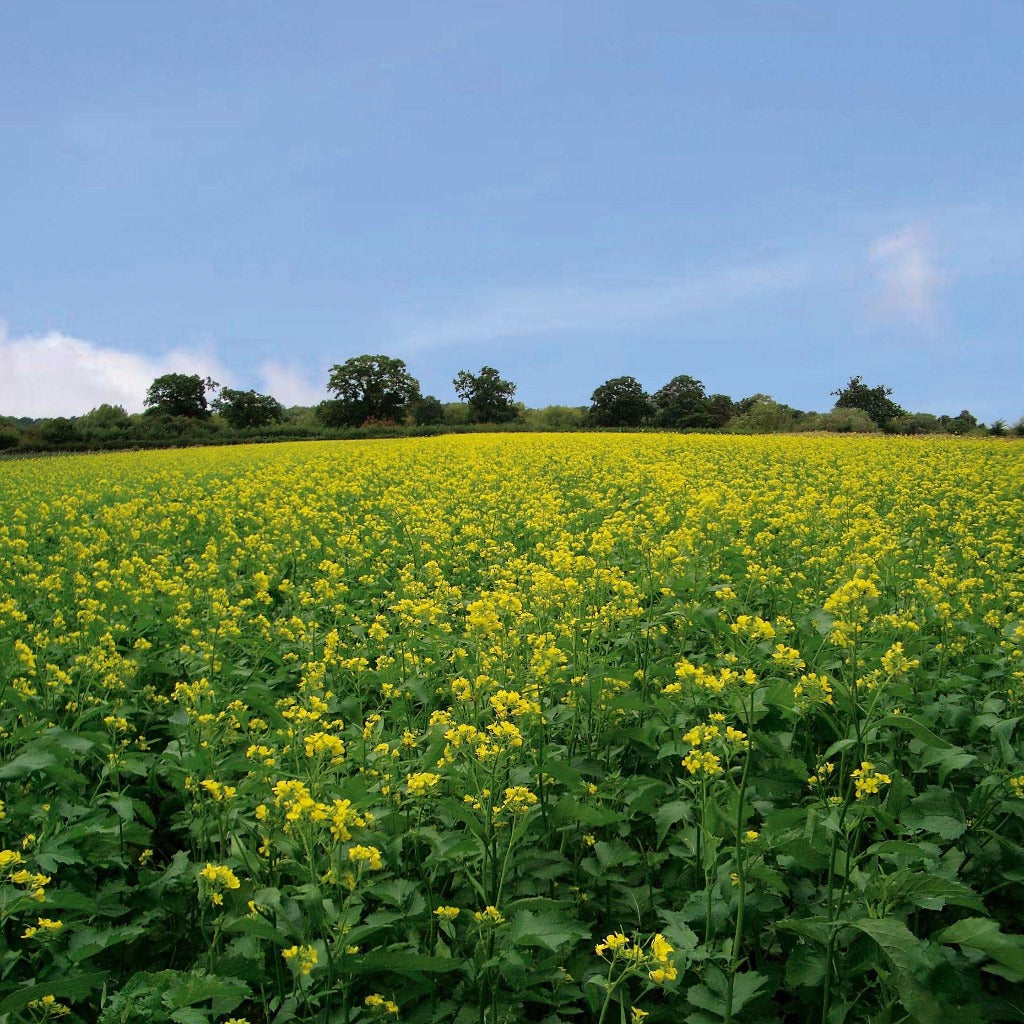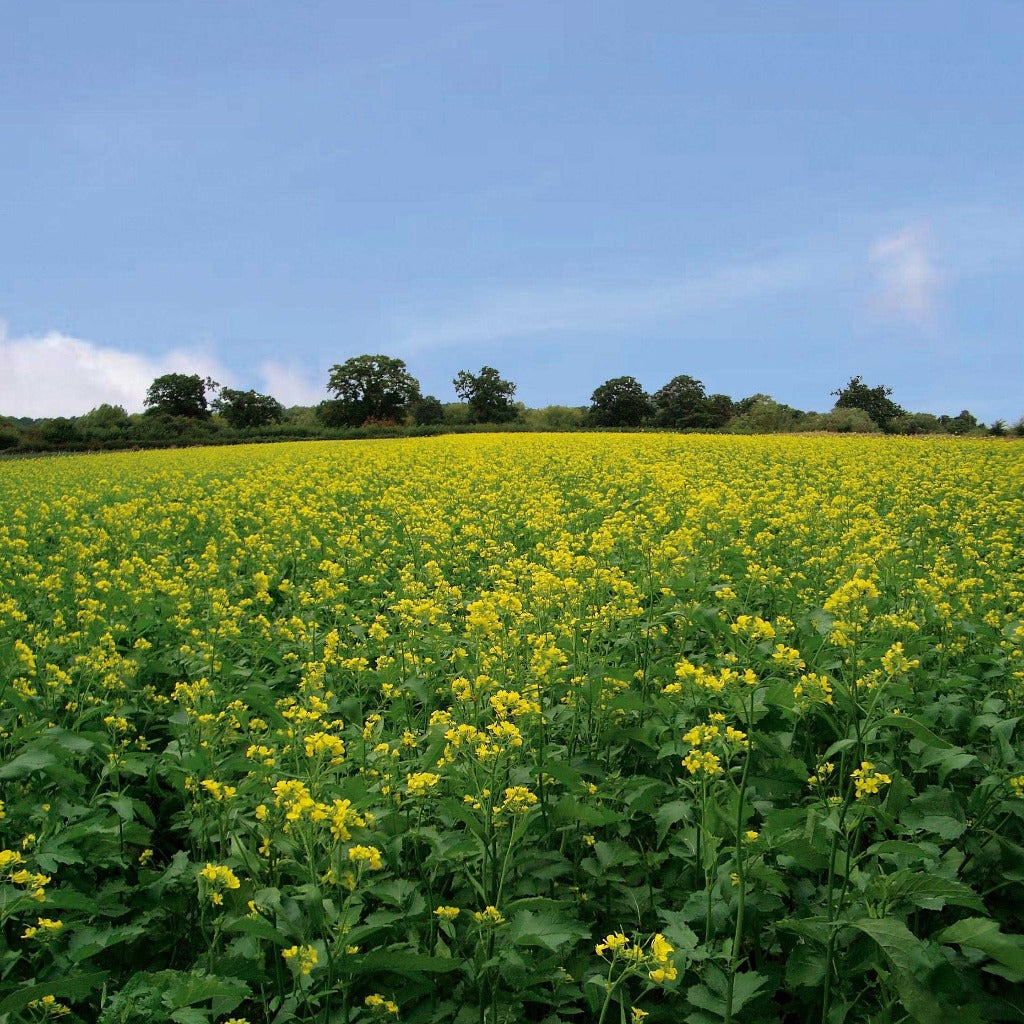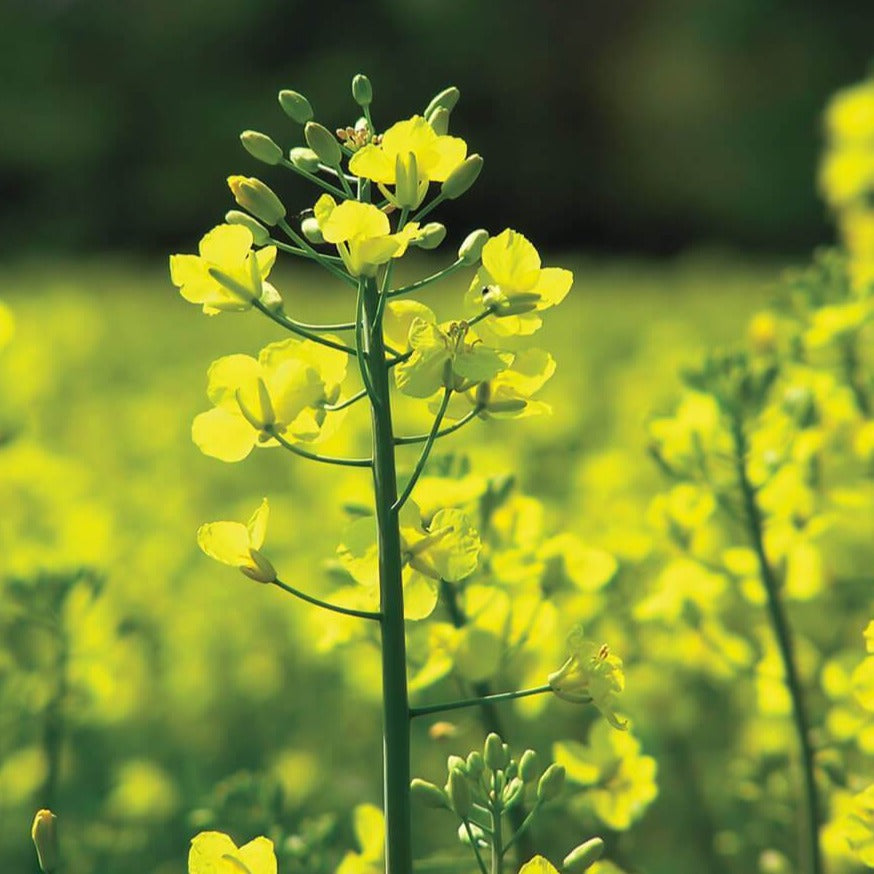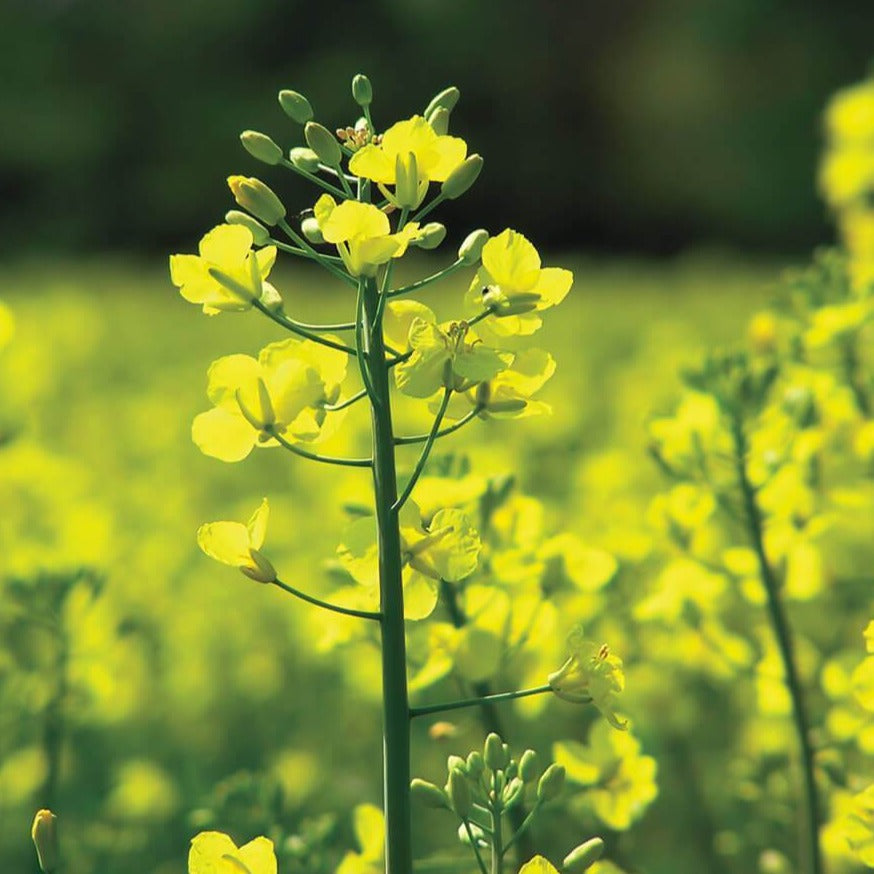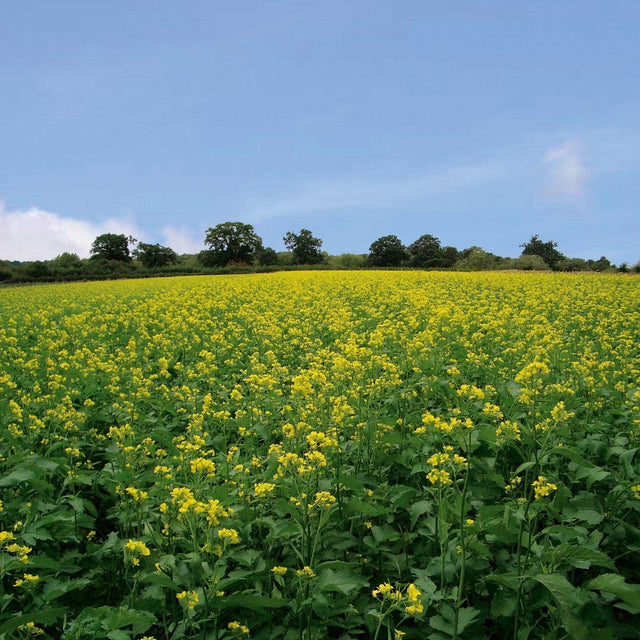Mustard Yellow Ground Cover 1 oz
Mustard Yellow Ground Cover 1 oz is backordered and will ship as soon as it is back in stock.
Common Yellow Mustard contains high levels of glucosinolates, chemical agents that make certain members of the brassica family spicy. Glucosinolates also deliver a deadly punch to many soilborne pathogens, nematodes and weeds, making them an effective, all-natural alternative to chemical insecticides and herbicides
As a cover crop/ green manure, it’s a proven biofumigant that suppresses weeds, soilborne pathogens, and some harmful nematodes. The best part? It also nurtures your soil. Backed by 20 years of university research and on-farm results, Non-GMO Common Yellow Mustard is perfect for backyard gardens, vineyards, and small farms.
To incorporate the most nitrogen into the surface of your soil, give the crop 8-12 weeks to grow it's roots down deep, then chop up the flowers and leaves before the plant goes to seed.
This mustard has also been found to work very well by pumpkin growers, and others, as a fall cover crop to clear out any lingering soil born pathogens. It is also recomended to chop it up after the first snow, or frost, instead of just letting them die off and waiting for the spring thaw. This prevents "barb wire", and makes it easier on equipment when mixing it back into the soil.


